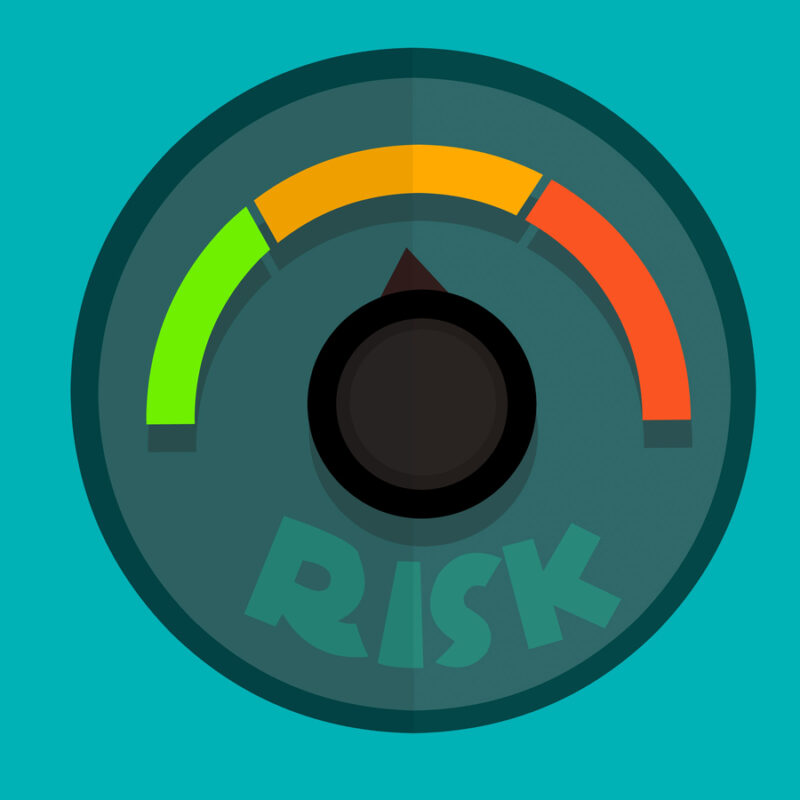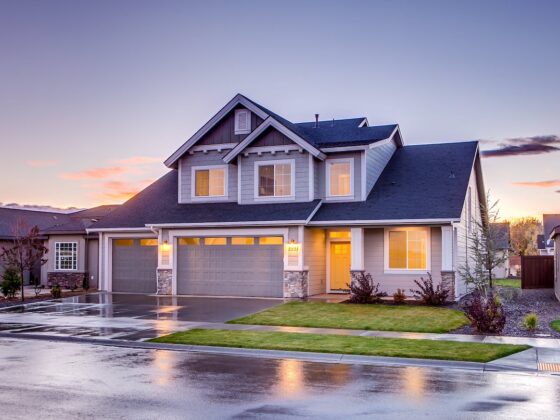Living in an unpredictable world means being prepared for the unexpected. Natural disasters can strike at any time, and it’s crucial to ensure that your home is ready to withstand the forces of nature. By taking some proactive steps and implementing a few safety measures, you can significantly reduce the potential damage caused by such events. In this blog post, we will guide you through the process of preparing your home for natural disasters.
1. Assess Your Risks

The first step to safeguard your home against natural disasters is to assess your risks. Different types of disasters pose different threats to your home, depending on your location, climate, and environment.
Before you can effectively prepare your home, it’s essential to understand the specific risks you face. Different regions are prone to various natural disasters, such as hurricanes, earthquakes, floods, or wildfires. Research the history of your area and consult with local authorities or experts to determine the most likely threats you may encounter.
To assess your risks, you can use various sources of information, such as:
- Online tools and maps show the likelihood and severity of different hazards in your area, such as FEMA’s Flood Map Service Center, USGS’s Earthquake Hazards Program, or NOAA’s Storm Prediction Center.
- Local authorities and experts can advise you on the best practices and regulations for building and retrofitting your home, such as your city’s planning department, fire department, or emergency management agency.
- Insurance companies and agents that can help you understand your coverage and options for protecting your home and belongings, such as your homeowner’s insurance, flood insurance, or earthquake insurance.
- By assessing your risks, you can identify the most likely and impactful disasters that could affect your home, and prioritize the actions and investments that can reduce your vulnerability and increase your resilience.
2. Create an Emergency Plan
Developing a well-thought-out emergency plan is crucial for the safety of your household. Sit down with your family or roommates and discuss the necessary steps to take in different scenarios. Assign responsibilities, establish meeting points, and ensure everyone knows how to contact each other during an emergency. Don’t forget to include a plan for your pets as well!
To create an emergency plan, you should:
- Identify the types of disasters that could affect your area and the potential impacts they could have on your home, utilities, transportation, and communication systems.
- Discuss with your family members how you will contact each other, where you will meet, and what you will do in different scenarios, such as if you are at home, at work, at school, or away from home.
- Designate a safe room or shelter in your home, where you can take cover during a disaster, such as a basement, a closet, or an interior room with no windows.
- Make a list of the essential items you need to survive for at least 72 hours, such as water, food, medication, clothing, flashlight, radio, phone, cash, and documents. Pack these items in a portable bag or container, and store them in a convenient and accessible location.
- Review and update your plan regularly, and practice it with your family members at least once a year. Make sure everyone knows their roles and responsibilities, and how to use the equipment and supplies.
By creating an emergency plan, you can increase your chances of surviving and recovering from a natural disaster, and minimize the disruption and damage to your home and life.
3. Reinforce Your Home
One of the most effective ways to protect your home from natural disasters is to reinforce its structural integrity. Consider consulting with a professional to assess your property and identify any weak points. Reinforcing your roof, windows, and doors can go a long way in preventing damage caused by high winds, heavy rains, or flying debris.
Related:
4. Secure Outdoor Items
Outdoor items, such as patio furniture, garden tools, or even children’s toys, can become dangerous projectiles during a storm. Secure these items or bring them indoors before a natural disaster strikes. Additionally, consider trimming any overhanging branches or trees that could potentially fall and cause damage to your property.
5. Install Backup Systems
During a natural disaster, power outages are common. Installing backup systems, such as generators or solar panels, can provide you with a reliable source of electricity when the grid goes down. It’s also a good idea to have a backup supply of essential items like food, water, and medication.
6. Waterproof Your Home
Flooding is a common occurrence during heavy rains or hurricanes. Take measures to waterproof your home by sealing any cracks in your foundation, installing flood barriers, or raising electrical sockets above flood levels. It’s also wise to invest in a sump pump to help prevent water damage in your basement.
7. Stay Informed
Knowledge is power when it comes to preparing for natural disasters. Stay informed about potential threats by signing up for local emergency alerts and following reliable weather sources. Being aware of approaching storms or other hazards allows you to take necessary precautions well in advance.
8. Create a Disaster Supply Kit
Assembling a disaster supply kit is an essential part of being prepared. Your kit should include items such as non-perishable food, bottled water, flashlights, batteries, a first aid kit, and any necessary medications. Keep your kit in an easily accessible location, and remember to periodically check and replace expired items.
Conclusion
Preparing your home for natural disasters is a responsibility that should not be taken lightly. By assessing your risks, creating an emergency plan, reinforcing your home, securing outdoor items, installing backup systems, waterproofing your home, staying informed, and creating a disaster supply kit, you can significantly enhance the safety and resilience of your household. Remember, it’s better to be over-prepared than caught off guard when Mother Nature unleashes her fury.












1 comment
Thank you for your sharing. I am worried that I lack creative ideas. It is your article that makes me full of hope. Thank you. But, I have a question, can you help me? https://accounts.binance.com/en-ZA/register-person?ref=JHQQKNKN